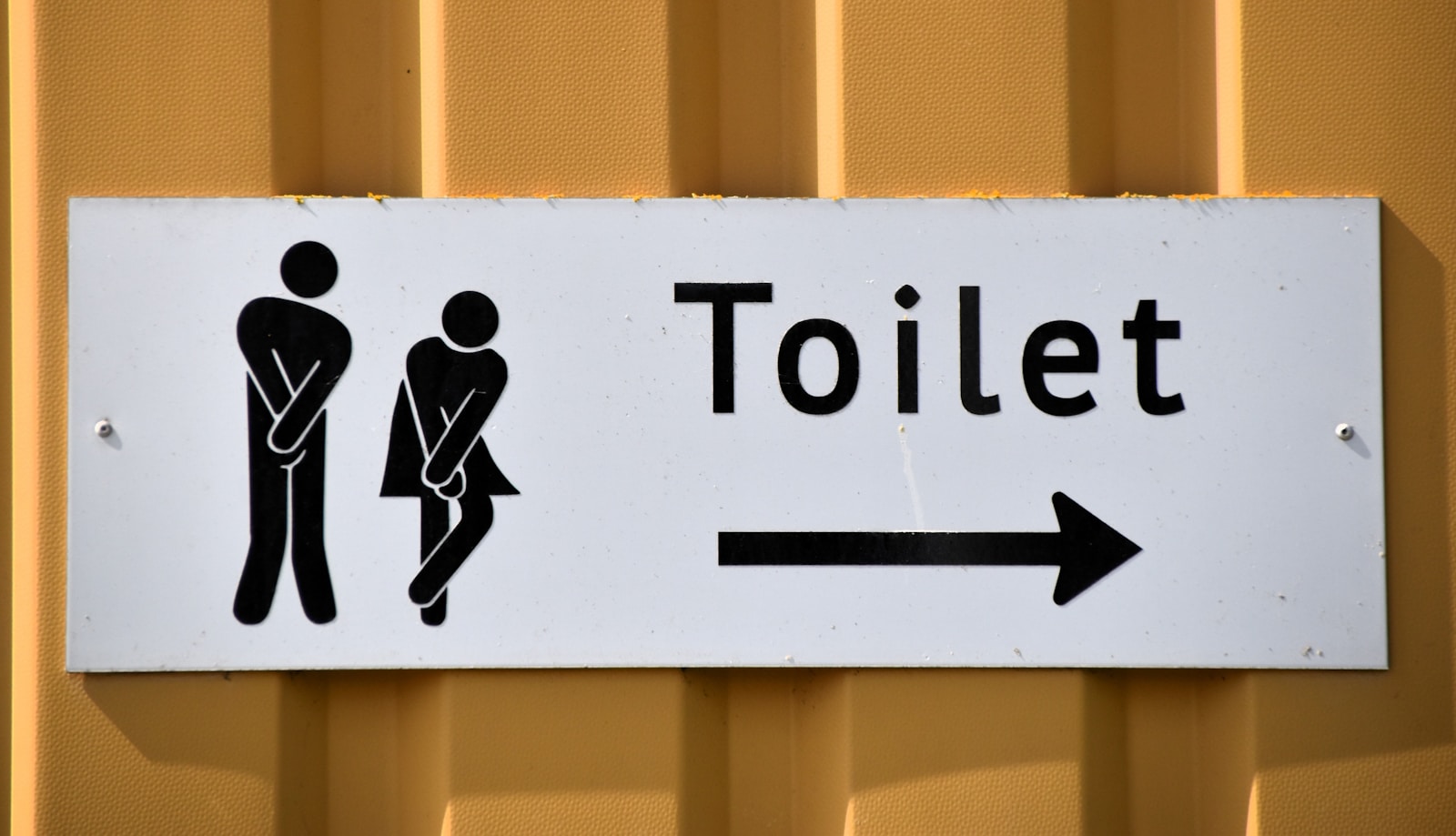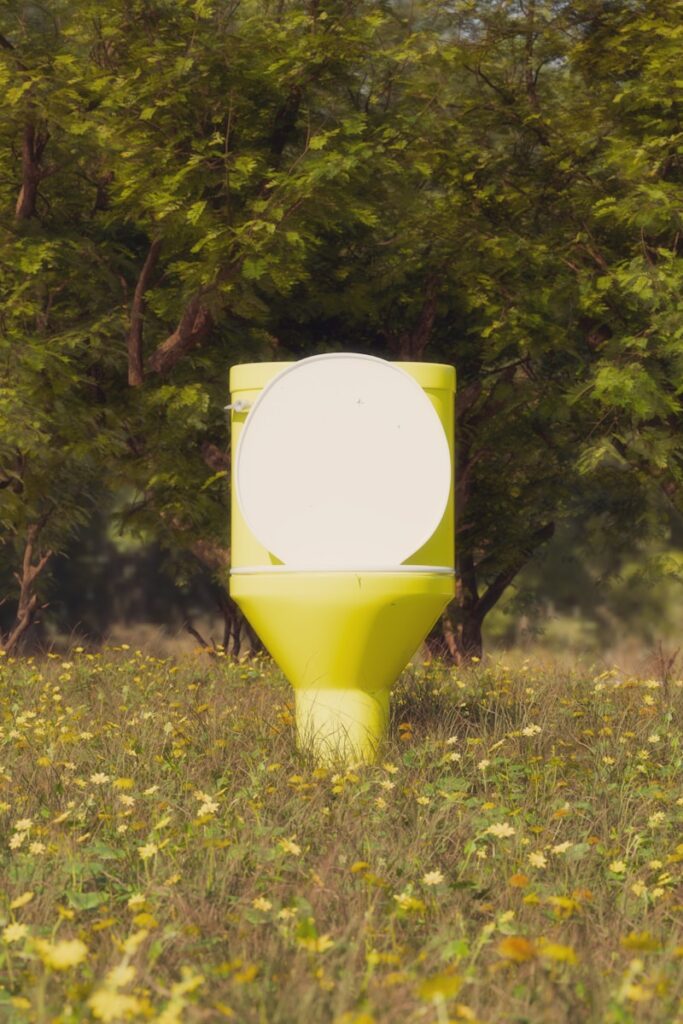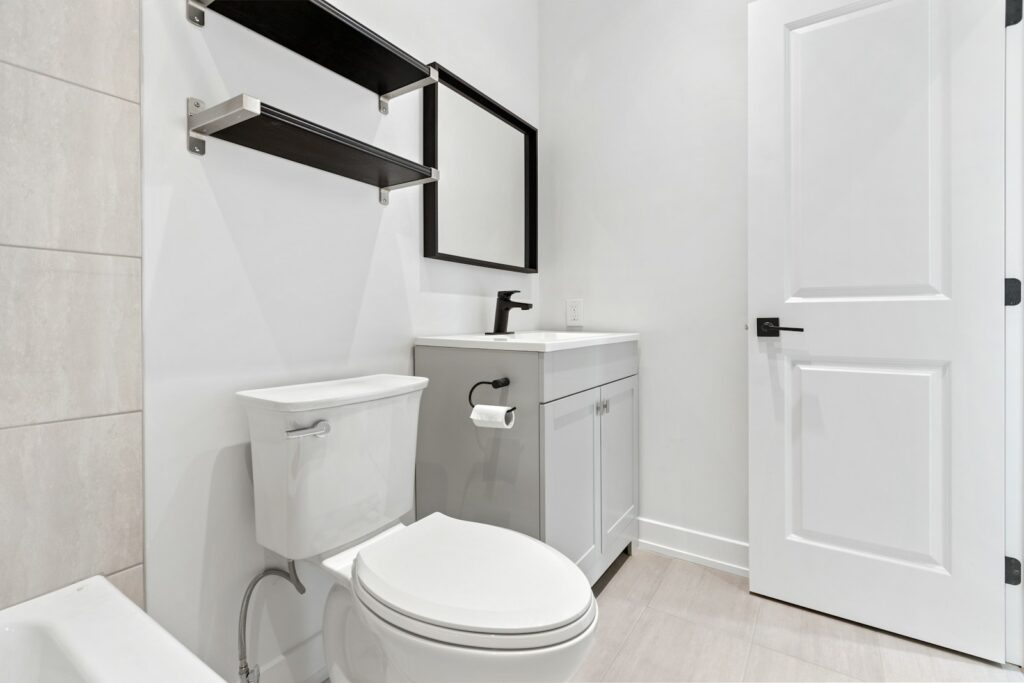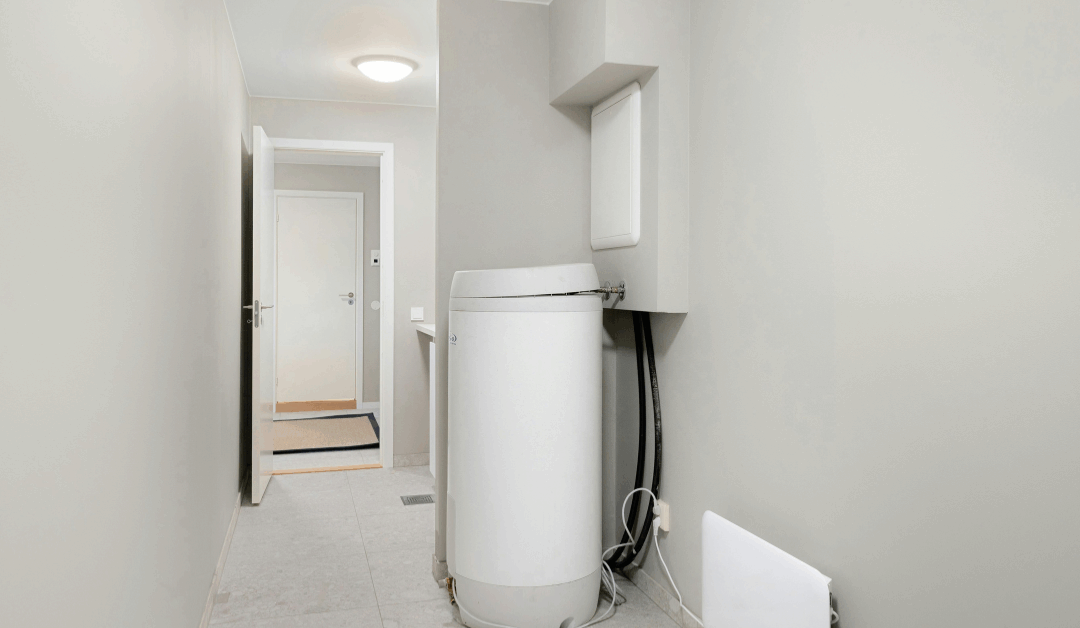Whether you’re dealing with a leaking toilet, looking for an upgrade, or completing a bathroom renovation, replacing a toilet might seem daunting. The good news? With a little bit of preparation and the right materials, you can swap out your old toilet for a new one in no time! This guide will show you step by step instructions on how to replace a toilet, ensuring a proper seal and preventing leaks.
Why a Maintained and Healthy Plumbing System Is Crucial for Your Toilet
A properly functioning toilet relies heavily on a maintained and healthy plumbing system to ensure optimal performance. Here are several key reasons why this is so important:
Schedule Service Online
Get a free estimate so you know what you're signing up for
"*" indicates required fields
For Emergency Services Call: 410-255-9300
Efficient Waste Removal
A healthy plumbing system efficiently removes waste and wastewater from your home. Clogs or blockages in the system can lead to slow drainage, frequent backups, or even unsanitary conditions, which makes regular maintenance essential.
Preventing Costly Repairs
Neglecting your plumbing system can lead to severe issues like leaks, pipe corrosion, or extensive blockages. These problems can cause damage to your home and require costly repairs. Keeping the system in good shape minimizes the risk of such events.
Ensuring Proper Water Flow
A well-maintained plumbing system ensures a steady and reliable flow of water to your toilet, preventing issues like low flushing power or incomplete flushes. This not only keeps your toilet functioning properly but also conserves water.
Improving Hygiene and Sanitation
Poor plumbing can result in untreated sewage or wastewater leaks, which can pose significant health risks to your household. A healthy plumbing system ensures that waste is properly disposed of, maintaining a clean and sanitary environment.
Extending the Lifespan of Your Toilet
A maintained plumbing system reduces strain on your toilet, preventing wear and tear caused by recurring issues such as clogs or fluctuating water pressure. This helps extend the lifespan of your toilet, saving you money in the long run.
By prioritizing the upkeep of your plumbing system, you are not only supporting the functionality of your toilet but also enhancing the overall health and safety of your home. Regular check-ups and prompt fixes go a long way in ensuring a hassle-free experience.
What You’ll Need
Before removing your old toilet, gather the following tools and materials to make the job smoother:
Tools:
- Adjustable wrench
- Bucket
- Putty knife
- Sponge
- Rag
- Flathead screwdriver
Materials:
- New toilet (bowl and tank)
- New wax ring
- New bolts
- Washers and nuts
- Toilet seat
- Caulk (optional)
Having everything prepared ahead of time will prevent unnecessary delays midway through the installation process.
Step-by-Step Guide to Replace a Toilet
1. Remove the Old Toilet
Before you install the new toilet, you’ll need to carefully remove the existing one.
Turn Off the Water Supply
- Locate the water supply valve, typically found on the wall behind the toilet, and turn it clockwise to shut off the water.
- Flush the toilet to drain most of the water from the tank and bowl.
- Use a sponge and bucket to soak up any remaining water. Don’t forget to check the toilet tank and bowl thoroughly.
Disconnect the Water Supply Line
- Unscrew the water supply line from the bottom of the toilet tank using an adjustable wrench. Place a bucket beneath the line to catch any water.
Remove the Tank
- Loosen and unscrew the bolts securing the toilet tank to the bowl. Carefully lift the tank off the bowl and set it aside.
Remove the Bowl
- Pry off the caps covering the bolts at the base of the toilet.
- Loosen and unscrew the nuts holding the toilet bowl to the floor.
- Gently rock the bowl back and forth to break the seal of the old wax ring.
- Lift the bowl straight up and set it aside on a flat surface lined with a towel or sheet to catch any drips.
Block the Drain Flange
- Stuff a rag into the exposed drain hole to prevent sewer gases from entering your bathroom and blocking any debris.
2. Prepare the Area
Once the old toilet is removed, prepare the floor and drain flange for the new toilet.
Clean the Flange
- Use a putty knife to scrape off the remnants of the old toilet wax ring on the flange. Ensure the flange is clean for a tight, proper seal.
Check the Flange
- Inspect the flange for cracks or damage. If necessary, replace it before proceeding.
Install New Bolts
- Insert the new bolts into the flange. Ensure they’re in the correct position to secure the base of your new toilet.
3. Install the New Wax Ring
The wax ring is crucial for creating a leak-proof seal between your toilet and the floor.
Attach the Wax Ring
- Place the new wax ring onto the bottom of the new toilet bowl. Make sure it’s properly centered to align with the flange.
4. Install the New Toilet Bowl
With your wax ring in place, it’s time to position the new toilet bowl.
Position the Bowl
- Remove the rag blocking the drain hole.
- Carefully lift the bowl and position it over the flange, aligning the bolt holes at the base with the flange bolts. Lower the bowl straight down to compress the wax ring.
Secure the Bowl
- Place washers and nuts onto the bolts and tighten them evenly. Be cautious not to overtighten, as this could crack the porcelain.
5. Attach the Tank Lid
The next step is to install the tank onto the bowl.
Position the Tank
- Place the rubber gasket that came with your new toilet onto the tank’s outlet hole.
- Align the tank with the bolt holes on the bowl and lower it into place.
Secure the Tank
- Install the bolts, washers, and nuts to secure the tank to the bowl. Tighten gently and evenly to prevent leaks while avoiding overtightening.
6. Reconnect the Water Supply
Now that your toilet assembly is complete, it’s time to reconnect the water supply.
Attach the Water Supply Line
- Screw the water supply line back onto the fill valve at the bottom of the tank. Hand-tighten, then give it another quarter-turn with your wrench.
Turn On the Water
- Slowly open the water supply valve and allow the tank to fill. Check for any leaks around the supply line, bolts, and base.
7. Test for Leaks and Secure
With the new toilet installed, the final step is to ensure everything is functioning properly.
Test the Flush
- Fully flush the toilet and check for any leaks around the base, tank, or water supply connection.
Apply Caulk (Optional)
- If desired, run a bead of caulk around the base of the toilet to provide extra stability and a finished look. Leave a gap at the back to detect future leaks.
Correctly Replacing a Toilet
Proper toilet replacement is essential to maintaining a functional and efficient plumbing system. Below are the key reasons why ensuring that a toilet is replaced correctly is so important:
Prevents Leaks and Water Damage
An improperly installed toilet can lead to leaks, which, over time, may result in significant water damage to floors and subflooring. This can cause costly repairs and even compromise the structural integrity of your bathroom.
Enhances Water Efficiency
Replacing an old or faulty toilet correctly ensures that you fully benefit from modern water-efficient designs. Many newer models are designed to use less water per flush, which can significantly reduce your water bill and promote eco-friendliness.
Avoids Costly Repairs Down the Line
A poorly replaced toilet can lead to recurring plumbing issues, such as frequent clogs or improper flushing. Taking the time to replace it correctly from the start minimizes the risk of costly and inconvenient repairs in the future.
Maintains Proper Sealing and Stability
The seal between the toilet and the floor is crucial for preventing foul odors and leaks. A correct replacement ensures that this seal is properly applied and that the toilet remains stable over time, avoiding wobbling and potential disconnections.
Ensures Long-Term Functionality
A correctly installed toilet performs better and lasts longer. By following proper replacement procedures, you ensure that your new toilet is set up for optimal, trouble-free usage for years to come.
Improves Household Hygiene
Faulty installations can lead to unsanitary conditions caused by leaks or improper waste removal. Proper replacement guarantees a hygienic and odor-free environment for your home.
By investing in a proper toilet replacement process, you contribute to the overall efficiency, safety, and comfort of your plumbing system and living space.
Pro Tips for a Smooth Installation
- Enlist Help: Toilets can be heavy. Having a second set of hands makes lifting and positioning the bowl easier.
- Watch for Leaks: Small drips around the base or tank could indicate an improper seal. Double-check all connections and tighten as needed.
- Level the Bowl: If the toilet doesn’t sit squarely on the floor, use shims to level it before tightening the bolts.
Replacing a toilet is a straightforward DIY project that can save you money and give your bathroom an instant upgrade. Once the job is complete, enjoy your shiny new upgrade and the satisfaction of a job well done.
Helpful Links and Resources for Replacing Toilets
Below are 7 useful links and resources to assist with your toilet replacement project:
DIY Network – How to Replace a Toilet
A step-by-step guide video with detailed instructions and visuals for replacing your toilet.
Home Depot – Toilet Installation Guide
An easy-to-follow resource from Home Depot on installing a toilet, including tools and materials needed.
Lowe’s – How to Replace a Toilet
Comprehensive instructions for removing an old toilet and installing a new one, provided by Lowe’s.
This Old House – How to Install a Toilet
Expert advice and tips for seamless toilet installation from the professionals at This Old House.
Family Handyman – Common Plumbing and Toilet Installation Mistakes
Learn about common mistakes to avoid during toilet replacement to ensure a smooth process.
A curated list of some of the best toilets available, helping you choose the perfect replacement for your needs.
Learn about WaterSense-certified toilets that save water and reduce utility bills while maintaining performance.
These resources will help make your toilet replacement process as straightforward and successful as possible!

Trust MD Sewer and Plumbing for Your Toilet Replacement Needs
Replacing a toilet can feel like a daunting task, but with MD Sewer and Plumbing, the process becomes simple and stress-free. Our team of experienced professionals is equipped with the skills and knowledge to handle all your plumbing needs efficiently and effectively.
By choosing MD Sewer and Plumbing, you’ll enjoy the peace of mind that comes with knowing the job is done right the first time. We prioritize customer satisfaction, ensuring that every project meets the highest standards of quality and reliability. From toilet replacements to a wide range of plumbing services, you can count on us to provide a secure and hassle-free experience every step of the way.







